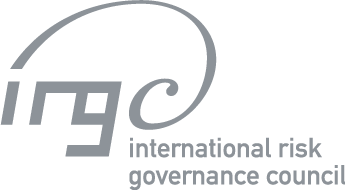Following work on risk governance deficits, IRGC focused on how to deal with emerging risks.
IRGC defines as “emerging” a risk that is new, or a familiar risk in a new or unfamiliar context or under new context conditions (re-emerging). Emerging risks are issues that are perceived to be potentially significant but that may not be fully understood and assessed, thus not allowing risk management options to be developed with confidence that they will be effective.
The project included two phases:
Phase 1 focused on how and why risks emerge. It concluded in January 2011 with the publication of a report on the identification and description of a number of contributing factors to risk emergence. When risk professionals understand and recognise these factors, they may be better able to avoid or mitigate emerging risks in the future. This phase concluded with application in industry and in the public sector.
Phase 2 consisted of the development of overarching guidelines for the governance of emerging risks.
Downloads
- The final guidelines: IRGC Guidelines for Emerging Risk Governance (Report, 2015)
- Supplementary material: Appendix to the IRGC Guidelines for Emerging Risk Governance (Report Appendix, 2015)
- Preliminary hypotheses about how to govern emerging risks: Improving the Management of Emerging Risks (Concept Note, 2011) (pdf)
- Initial approach to emerging risk: The Emergence of Risks: Contributing Factors (Report, 2010) (pdf) and executive summary: The Emergence of Risks: Contributing Factors (Executive Summary, 2010) (pdf)
- What causes risk to emerge: Emerging Risks: Sources, Drivers and Governance Issues (revised Concept Note, 2010)
